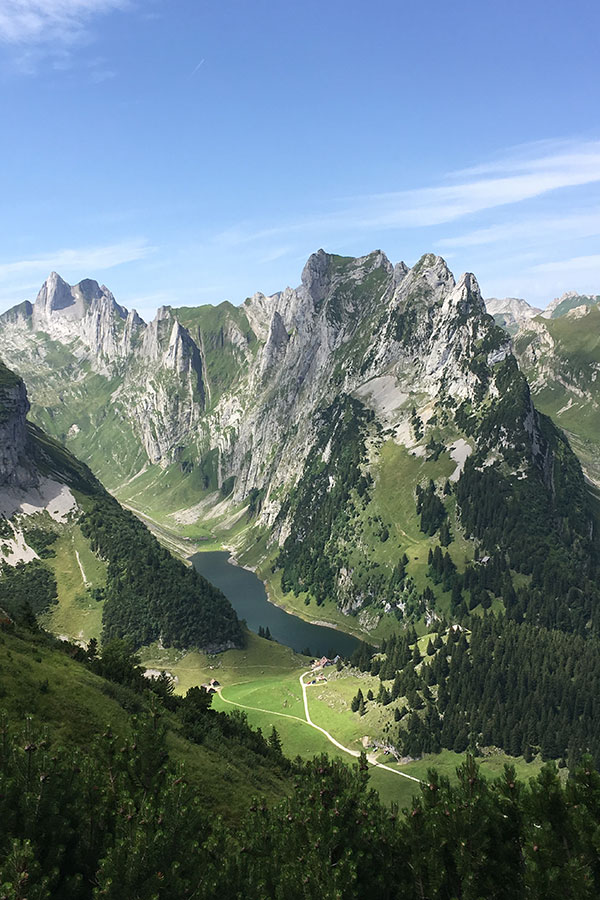
A woman recently asked me to recommend the absolute ideal 4 weeks to hike the Alps during mid-June to mid-October. I almost told her that the ideal week would be the one that includes free airline tickets. I knew though, that she would still want to know WHEN the best time to receive those free airline tickets would be.
It’s a popular question that I answer regularly and reluctantly since I liken the process of choosing the best chocolate bar. Every month is great. Even more, one person’s standard of measure may not equal another’s and only a fool would try to forecast mountain weather. However, I am not afraid of a little Tom Foolery, so here is a simple breakdown of each month, with the advantages and disadvantages of each.
April and May
Advantages:
This is our favorite time to explore the desert regions of Arizona and Utah. You can experience the striking, otherworldly landscape of the American southwest without the blazing summer heat. We know, it’s not Europe and you asked about when to hike the Alps, but it is our backyard.
The deserts of Arizona and Utah are a marvelous place to explore ancient ruins, stone arches, canyon labyrinths, soaring spires, desert wildflowers, pictographs, and petroglyphs. Traveling within our own country and learning more about the heritage and history of the different regions of the United States provides just as much enrichment as traveling abroad. Can we say spring break?
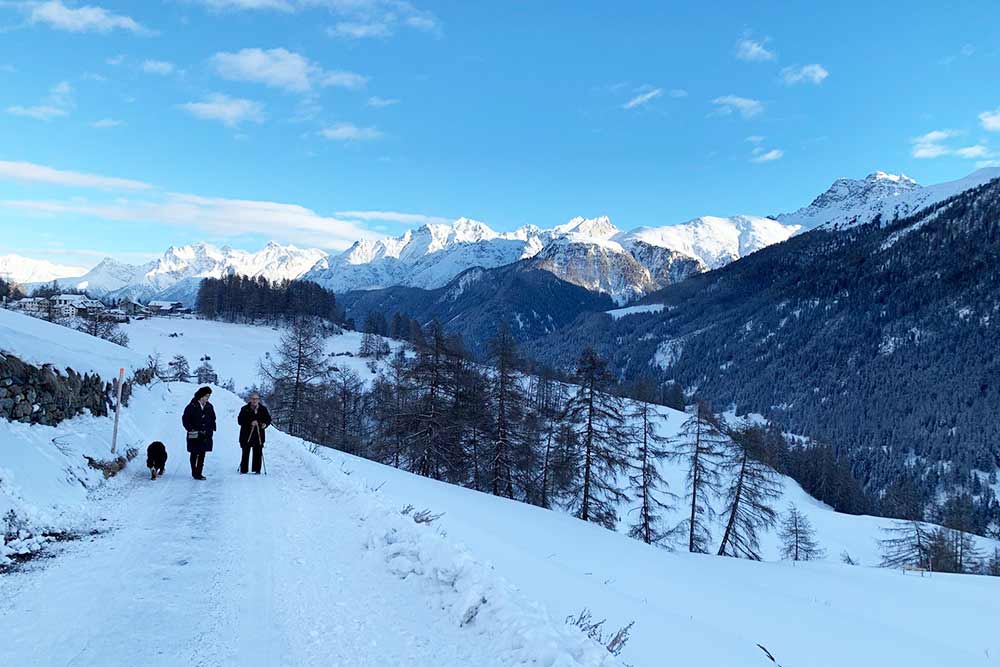
Disadvantages:
If the snow gods blessed the Alps, then this month you can’t hike the Alps without snowshoes because the high alpine regions are still buried in white. The month of May also means off-season even without snow too, and the alpine accommodations that we typically rely on are closed. We couldn’t organize a tour through the alps no matter how hard we tried.
Recommended Alternatives: Arches & Canyonlands
June
Advantages:
Relatively quiet trails during the first part of the month and wildflowers toward the end, (depending on snowpack). Snow-capped peaks offer a splendid backdrop against lower valleys exploding with water and life. June can be very sunny.
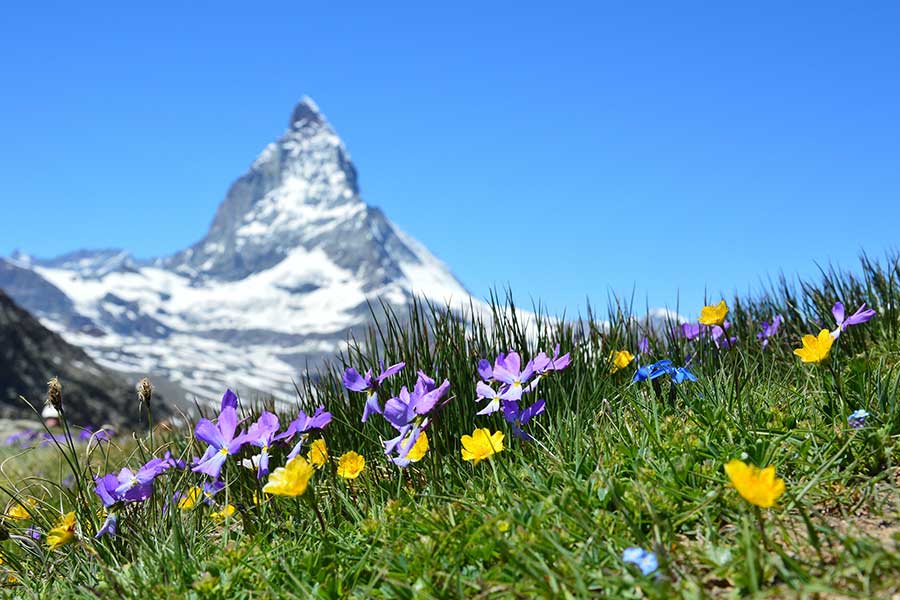
Disadvantages:
The weather can still be cold and hikers may encounter frozen snowpack at higher elevations, especially during the early part of the month. Accommodations, restaurants, and lifts may also be closed until the middle of June depending on the region. If you are able to hike the Alps during June, the hotels we book our trips with may still be closed.
Recommended Tours: The Dolomites or the Engadine during the early part of the month; everything in the Alps afterward.
July
Advantages:
Everything is open and the wildflowers should be in full bloom, depending on the previous winter’s snowpack. Days and nights are typically warmer and many of the high alpine passes should be free of snow. (Glaciated regions excepted)
Disadvantages:
The trails start getting busy. Accommodations in Italy can be difficult to find for independent travelers after the middle of the month. Rain clouds loom on the horizon.
Recommended Tours: Everything in Europe. Large, independent groups should try to avoid Italy after the middle of the month, or consider multiple nights stays in each village.
August
Advantages:
August 1, the Swiss National Day. This is a great time to see a bit of Swiss culture and potentially hike the Alps if you don’t mind other travellers. The weather can be very warm and pleasant.
The history of Swiss National Day begins in the Middle Ages. Struggling against cruel and an unreasonable government, the original subdivisions of Uri, Schwyz, and Unterwalden unified. They met on the shores of Lake Lucerne. It was here they made a promise to aid each other against those who would oppress them.
Theis pact became known as the Rütli Oath. On August 1, 1291, representatives documented the oath in a Federal Charter and swore allegiance to the other subdivisions. Eventually, the Swiss declared August 1 a national holiday in celebration and remembrance of their independence. The present name Switzerland actually comes from the word Schwyz This is the name of one of the three original cantons that unified.
In present day, the Swiss cities, towns, and villages celebrate independence with yodeling, paper lantern parades, bonfires, fireworks, hanging strings of Swiss flags and more. At the historic location of Rütli Meadow above Lake Lucerne, a special celebration takes place in the historic location where the legendary pledge of alliance, the Rütlischwur is believed to have taken place.
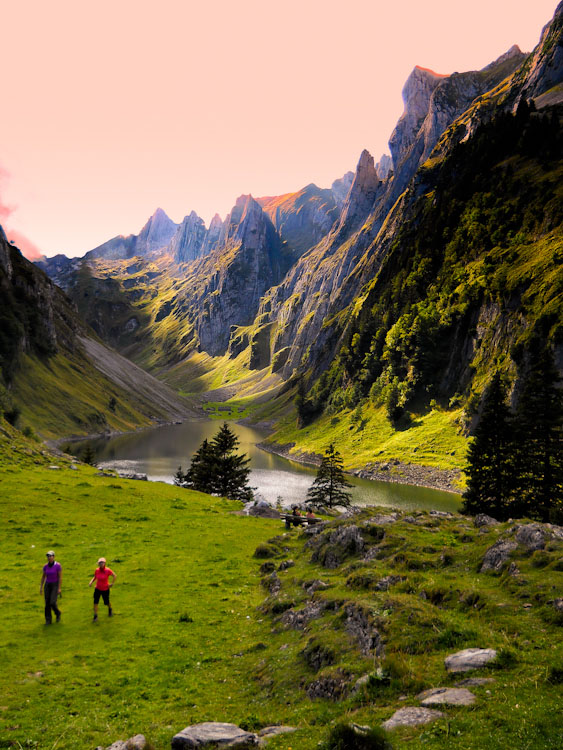
Disadvantages:
August 1, the Swiss National Day. This can be a hard time to find accommodation in some villages. (We’ll try though). August is also the busiest month during the summer if you’re trying to hike the Alps. Thunderstorms may test the raingear.
Recommended Tours: Everything in the Alps except Italy for self-guided travelers.
September
Advantages:
The people of Appenzell wear traditional clothing as they lead the cows down from the high pastures. Hikers enjoy cooler days and quiet trails. This is a great month to get back into Italy and this is also a great time to explore the peak color season of the Alpine Southwest in Colorado.
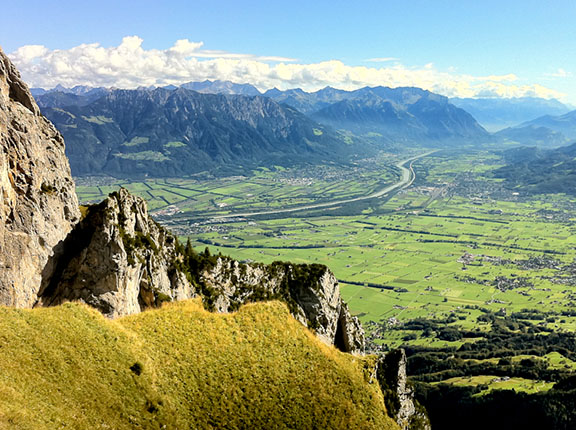
Disadvantages:
The weather can turn cold in a hurry and snow is a distinct possibility. Many of the accommodations, restaurants, and lifts begin to close by the middle of the month depending on the region.
Recommended Tours: The Telluride Trek and everything in Europe through the middle of the month. Explore the Engadine through the end of September without a problem.
October
Advantages:
We can only offer the self-guided Engadine trek, so the choice is easy. Very quiet trails and villages offer a very relaxing experience.
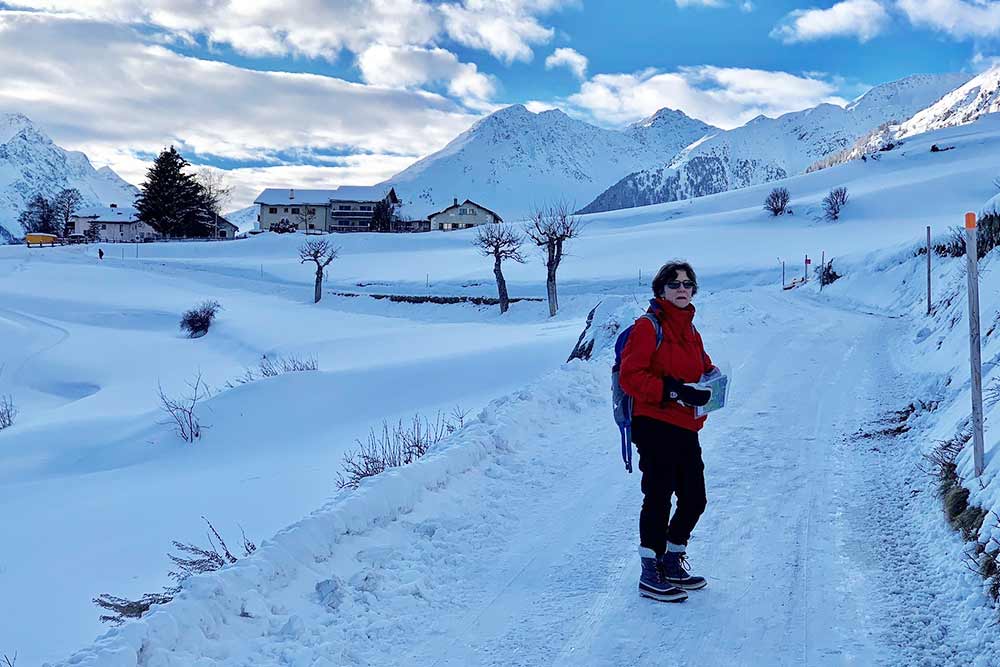
Disadvantages:
The restaurants and lifts may be closed. Snow is a possibility (though not always a bad thing) and hikers may have to stay on lower trails.
Recommended Tour: The self-guided Engadine Trek
For those who don’t fit into summer: You may want to consider skiing or snowboarding from village to village. Please visit our sister company, Alpenglow Ski Safaris for more details.
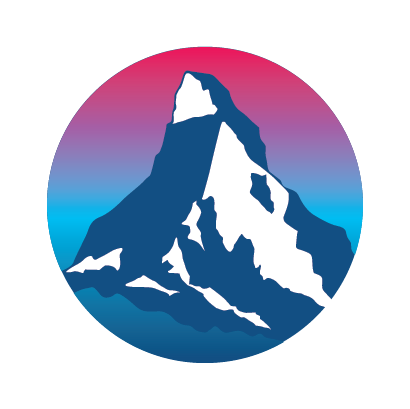
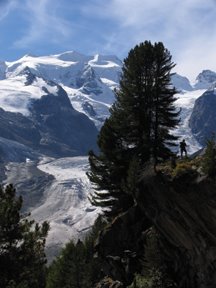

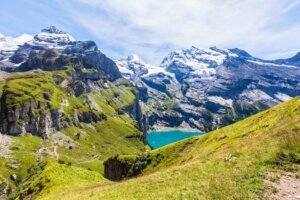
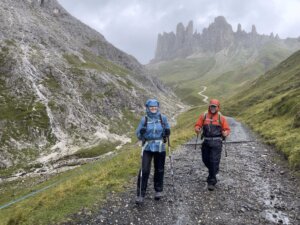



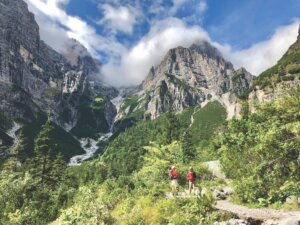
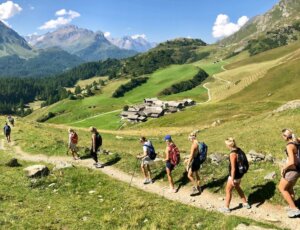
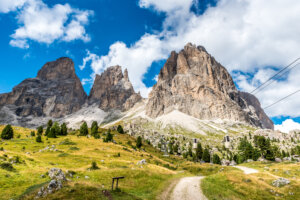

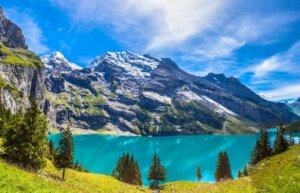
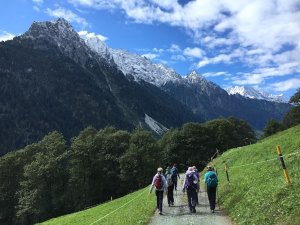
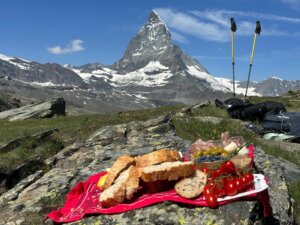







Comments are closed.